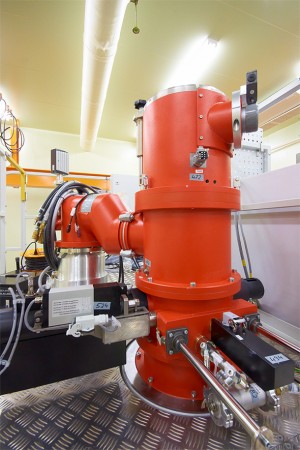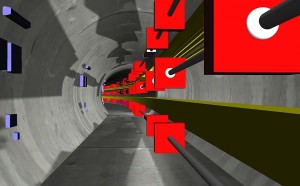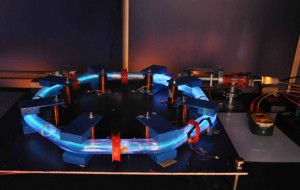What ILC news got your attention in 2011? Activity surrounding the collider was as far-reaching as it was diverse. It was discussed as a boost to an economy hard-hit by natural disaster. It brought its scientists together to entertain the residents of a vibrant college town. And it may yet earn its place as a complement to the LHC in the Great Higgs Exploration.
A countdown of the most-read stories of 2011:
The ILC has reached the point where the Japanese government is starting to consider it as a possible future project in the context of Japan’s national policy.
9. A recovering northeast Japan turns its sights to the ILC
As the region around Tohoku University recovers from the March earthquake, the local government highlights the ways recovery could be facilitated by bringing the ILC to Iwate prefecture.
8. Going with the particle flow
Resolved that pictures of particle jets don’t have to be fuzzy or gnarled, scientists developed the particle flow algorithm, a paradigm for effectively teasing out each particle’s energy from another’s.
7. The multiplying effects of an accelerator economy
A company in Lansing, US is developing accelerator cavities for the ILC. In the course of improving these high-tech devices, it has enhanced its expertise in developing them for other areas of science and, as an added benefit, sustaining the technology R&D.
6. Seamless cavity performance
If you didn’t know that niobium cylinders could be blown up like balloons, take a look at hydroforming. It’s a method scientists are exploring to get around the nightmare welds in accelerator cavity cells.
5. Physics slam has real impact
When scientists compete, everybody wins. Eugene, Oregon plays host to the first-ever physics slam in the United States. By all accounts, it was a runaway success.
4. Onward and upward into the terascale
Until the Large Hadron Collider tells scientists where in the energy frontier to dig for new physics, ILC researchers are preparing for eventualities. Should new physics be found to reside in a range higher than the ILC’s current reach, scientists have a energy-boosting plan in their back pocket.
3. The sound of accelerator cavities
Elegant and inexpensive, the second-sound detection system developed at Cornell University helps scientists triangulate the location of hard-to-see accelerator cavity flaws. Helium helps.
2. How to become an accelerator physicist
There’s a school devoted entirely to the bringing up of competent linear accelerator physicists. It’s an intense hive of lectures, classes, assignments and tests – and an academic idyll away from the university.
Few particles get as much attention today as the theorised Higgs boson, which so far has eluded detection. Whatever the outcome of the Large Hadron Collider’s search for it – whether it finds a Higgs particle or not – there is still compelling physics that a future collider should explore.




Recent Comments